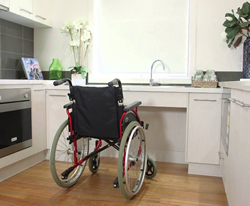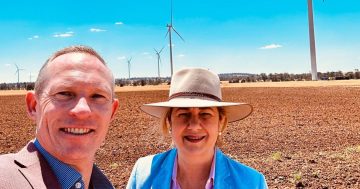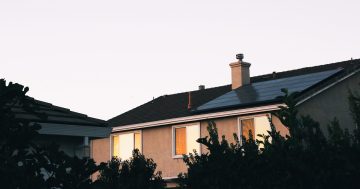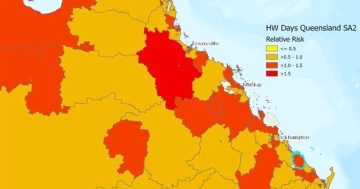 Proposals drawn up by the Department of Energy and Public Works have resulted in a cross-Government agreement for more accessible and energy-efficient building design standards in new Australian homes.
Proposals drawn up by the Department of Energy and Public Works have resulted in a cross-Government agreement for more accessible and energy-efficient building design standards in new Australian homes.
The proposals have led to changes to the National Construction Code 2022, making homes more accessible for people with mobility challenges, and increasing the energy efficiency and electric-vehicle readiness of new dwellings.
Minister for Energy and Public Works, Mick de Brenni described the initiative as a major win.
“From an energy efficiency perspective, it means cheaper power bills for new homes, and as we age, the ability to live with dignity in our own homes,” Mr de Brenni said.
“This is especially important for our growing population of seniors but also for families with young children and people who suffer temporary injury or a permanent disability.”
He said the aged care and health systems were congested with too many Australians who could otherwise be in their own homes if these were suitable “so the changes will help ease the substantial pressure on those systems”.
“The accessibility changes include simple but crucial features such as at least one step-free entry into a home, wider internal doors and corridors and a toilet on ground (or entry) level,” Mr de Brenni said.”
“There will be exemptions for homes on steep slopes and small lots, as well as for traditional designs like the iconic Queenslander.”
Along with building accessibility changes, it was agreed that new buildings would increase from six to seven-star rating.
Other changes include more rooftop solar; better home insulation; better air movement; lighter coloured roofs and walls; improved ceiling fan requirements and more climate-appropriate glazing of windows.
“These energy efficiency measures will reduce emissions by 1.64 million tonnes from new homes in Queensland — another turning point in the journey toward net zero emissions,” the Minister said.
“The changes also mean more downward pressure on electricity bills, and will deliver an average yearly saving for new Queensland houses of $185 per year,” Mr de Brenni said.











